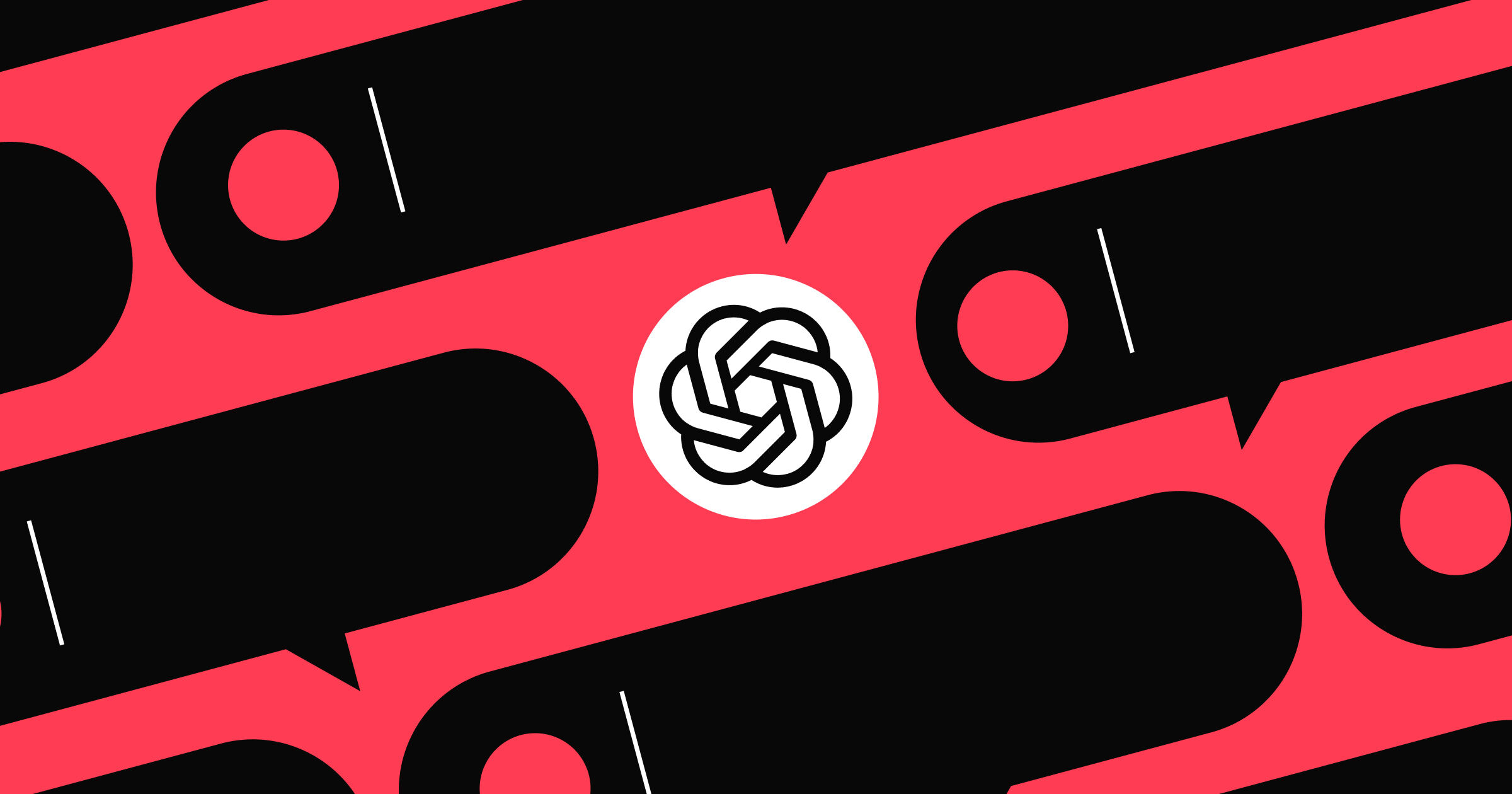Every click is a potential customer, and every web page is a canvas for opportunity.
Delivering delightful customer experiences is a central focus for most modern enterprises — and conversion rate optimization (CRO) is the behind-the-scenes strategy that makes everything line up for your customers and your bottom line.
CRO is the strategic process of increasing the percentage of website visitors who take a desired action, be it:
- Completing a purchase
- Signing up for a newsletter
- Engaging with content
- Registering for a webinar
- Scheduling a call with sales
- Downloading an application
It involves understanding user behavior and optimizing web page elements to enhance user experience and drive conversions.
And while conversion rate optimization is driven by numbers, it's about more than just metrics. It's a process of learning your customers’ wants and behaviors (inside and out) to create better pages, journeys, and user experiences for every visitor who arrives on your digital doorstep.
Ultimately, you don't just want traffic to your site. Traffic without engagement is just a vanity metric. You want action; you want conversions.
Whether you're a seasoned marketer or just starting to navigate the world of web design and development, this in-depth guide to conversion rate optimization will provide insights, strategies, and real-world advice for elevating your online presence and driving meaningful engagement.
What is conversion rate optimization?
Your web page's conversion rate is the percentage of visitors who completed a desired action. A higher conversion rate usually indicates that you have a well-designed, compelling website, while a lower-than-desired conversion rate means there's room for improvement.
Here's how you can calculate your page's conversion rate:
Conversion rate = (Number of conversions / Number of visitors) x 100%
For example, if your website had 1,000 visitors and 50 of them made a purchase, your conversion rate would be (50 / 1,000) x 100% = 5%.
Now, conversion rate optimization is all about taking action to improve your page's conversion rate. Sometimes, that's as simple as changing your call to action or adjusting the value statements on the page. Other times, it might involve an entire page overhaul, redesigning the whole layout, or including new elements like customer testimonials or scroll-based animations.
Before you can start optimizing your pages, you need to understand your customers’ behaviors, preferences, and barriers. You can gather these insights through quantitative data, qualitative research, or page-specific data.
For example, if most of your customers don't scroll down the length of the page, you'll need to either condense the information or move your call to action (CTA) higher up the page.
Strategies like A/B testing, user experience research, and personalized content can all improve your conversion rate and turn your website into a more effective tool for achieving business objectives.
CRO vs SEO: Key differences
CRO and SEO (search engine optimization) are often mentioned in the same breath, but they play distinctly different roles on your website.
- SEO is about attracting the right visitors to your site through better search engine rankings. It involves optimizing your website's content and structure to appear more prominently in search results.
- CRO is about what happens once those visitors arrive on your site. It focuses on converting those visitors into customers or leads.
While SEO brings potential customers to the door, CRO persuades them to stay and take action. Both are essential for a successful online presence but work on different aspects of the customer journey.



















The 2024 State of the Website
Discover key challenges today's marketing teams are facing, as well as opportunities for businesses in 2024.
Why conversion rate optimization matters for marketers
CRO is more than just a set of tactics — it's a mindset that puts the user's experience and your business goals at the forefront. CRO is a must-follow process for marketers aiming to thrive in the digital arena.
And it's never done.
It's something you'll need to revisit time and time again to continue improving and boosting your bottom line. It's time-intensive (no doubt about it), but it's well worth the investment.
Here's why CRO is indispensable for marketers:
It enables marketers to maximize return on investment (ROI)
At its heart, CRO is about getting more value out of the visitors you already have. By optimizing for conversions, you're not just increasing sales — you're doing so without the added cost of acquiring new traffic. This efficiency boosts your ROI, making your marketing efforts more profitable.
It helps marketers to better understand their audience
Through analytics, user feedback, and testing, you gain insights into what your audience wants, how they behave, and what prompts them to take action. This understanding is invaluable in crafting targeted, effective marketing strategies that go beyond your web pages.
It enhances the user experience
A website optimized for conversions is, by nature, user-friendly, clear, and engaging. This focus on user experience aids conversions and builds brand loyalty and trust, critical factors in long-term business success.
It allows business to stay competitive
Complacency is not an option in today's digital landscape. CRO allows you to continually evolve your website, keeping it relevant, practical, and ahead of competitors who might not be leveraging the same optimization techniques.
It ensures existing resources are used effectively
By focusing on converting existing traffic, CRO allows you to make the most of your current assets. This efficient use of resources is particularly crucial for businesses with limited marketing budgets.
It helps marketers make data-driven decisions
CRO revolves around data and testing, moving away from guesswork and assumptions. This approach ensures that your marketing decisions are grounded in real user data, leading to more predictable and successful outcomes.
Top-performing CRO strategies and tactics
CRO isn't just about making changes to your website—it's about making the right changes. You could change dozens of things, from the colors of your buttons to the page's typography. However, you want to start with the most influential strategies and tactics (and, ideally, have them grounded in real user data).
Here are a few CRO strategies to consider:
1. A/B testing
A/B testing involves comparing two versions of a web page to see which performs better in terms of conversions. Start with elements that significantly impact user decisions, like headlines, call-to-action buttons, or landing page layouts. Use a tool like Optimizely to run these tests.
2. User feedback
Gather feedback directly from your users to understand their needs and pain points. Use surveys, feedback forms, or tools like Hotjar to gather qualitative data. Ask specific questions related to their experience and expectations. Regularly review this feedback in team meetings and use it to inform website updates and customer journey enhancements.
3. User analytics
Track user behavior on your website and identify trends and patterns using analytics tools like Amplitude or Google Analytics. You can find insights around behaviors, bounce rates, and traffic sources, helping you identify areas for improvement. Set up conversion goals in your analytics tool to track performance over time and measure the impact of your CRO efforts.
4. Personalization
Customize the user experience based on visitor data to make it more relevant and engaging. Use tools that allow for dynamic and localized content, such as personalized product recommendations or targeted messages based on user behavior. Segment your audience based on their behavior or demographics to create more effective personalization strategies.
5. Mobile-responsiveness
Implement responsive design, optimize load times, and ensure easy navigation on mobile devices. Regularly test your site on various mobile devices and browsers to ensure consistent performance.
6. Call-to-action optimization
Your CTA buttons and copy should clearly state what you want the user to do next. Use action-oriented language, make them visually striking, and place them strategically on your pages. Test different CTA designs and placements (with A/B testing) to see which combinations drive the most conversions.
Remember, the key is continuous testing, learning, and iterating. Each optimization you make brings you one step closer to achieving your digital marketing goals.
Optimize your web pages with Webflow
From the complexities of A/B testing to the insights gleaned from analytics, every aspect of CRO converges towards a singular goal— transforming potential into performance. When building your site for conversion rate optimization, the right tools make all the difference.
That's where we can help.
Webflow equips you with the tools and features you need to fine-tune every detail of your website. Our visual web development platform lets you build powerful pages that are beautiful, fast, and optimized for engagement — all without draining precious developer resources.
Want to see for yourself? Get in touch with our team or sign up for a free trial to start building with Webflow today.
































